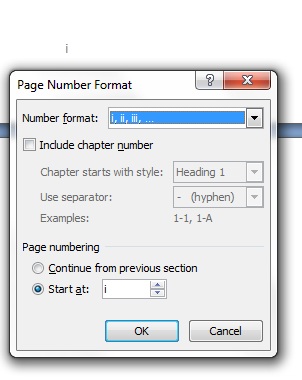


Instructions for Word 2003 and Earlier Versions Simply repeat these steps for each new section and you can have as many different headers as you want. You could also enter text into the header area and it wouldn’t change the header on the next page. Now, if you scroll back up to the first page, you can see that the header is still blank, because the two headers are no longer linked. The new header appears at the top of the page. This will close the header section and remove the toolbar. Type “Section 2 Header” in the header area.ĭouble-click in the main text area of the page. The Same as Previous tab is now gone from the header section. (You can also see a Same to Previous tab on the bottom border of the header section.) You can see that the Link to Previous button is depressed, meaning the two sections will have the same header. The Header and Footer Tools Design ribbon has opened at the top of the page. I’m not sure why this is as it works for me, but if you are still having problems after following these steps, try changing the Header format to Blank. NOTE: Some readers have reported that if they create a Header section using the Insert > Header command and choose anything other than the Blank option, the instructions don’t work. Move your cursor near the top of the page and double-click to display the Header area. Now the text is at the top of the next page. (In Word 2016, the ribbon is just called Layout. On the Page Layout ribbon, click the down arrow beside the Breaks button. Put your cursor at the start of the text you want to start a new section. We don’t want to just move the text to the next page we want to start a new section so we can create a new header. However, that won’t work for our purpose. (And if you don’t know that, consider this a bonus tip!) 🙂 You may already know that you can force a page break by placing your cursor in front of the text you want to start on the next page and pressing Ctrl + Enter on your keyboard. Note: The same techniques work for creating separate footers, which you might want to do to start after a Table of Contents, for example. For example, you might want to have different headers with each chapter name to help readers find the section they’re looking for more quickly. (If you have Word 2013 and there is any difference, please post a comment below and I’ll add that info here.)īoth sets of instructions are for creating different sections in an MS-Word document so you can change the header for each section. NOTE: I’ve never had Office 2013, so I can’t say if there are any differences for that version, but I now have Office 2016 and the process is exactly the same, so it’s a good bet that it is for 2013 as well.


 0 kommentar(er)
0 kommentar(er)
